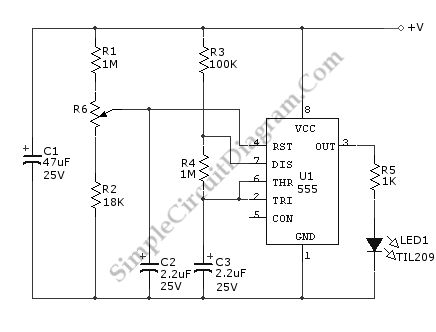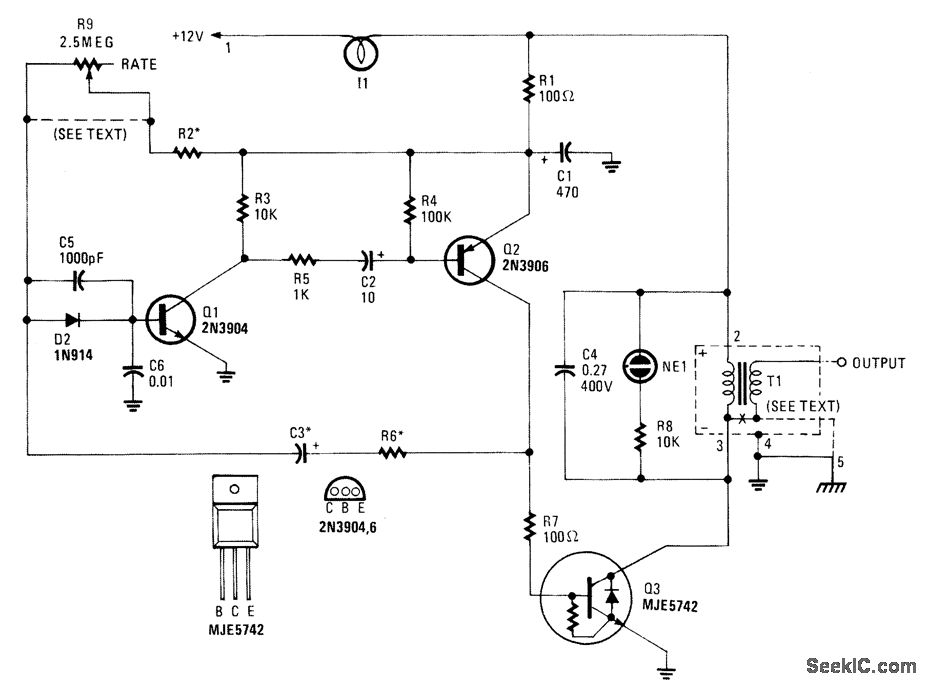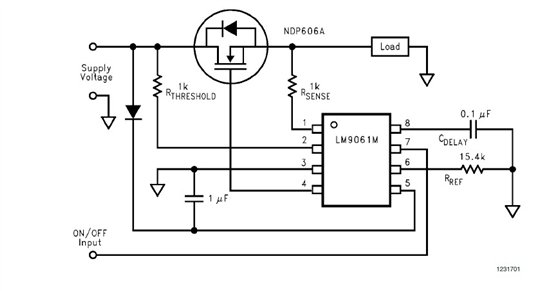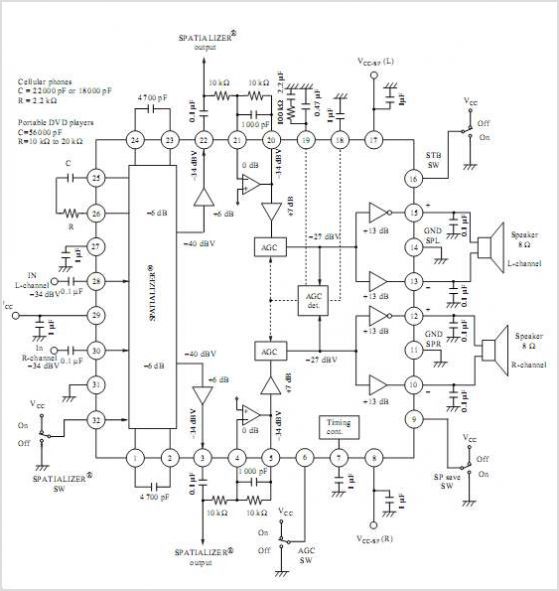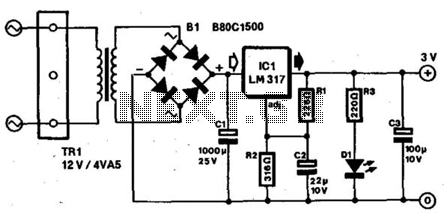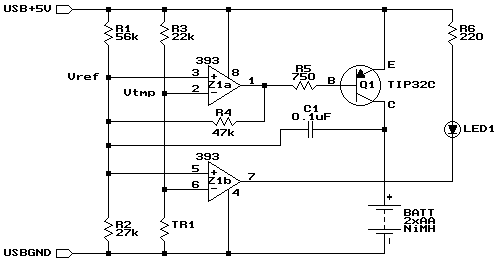
Battery Replacement Power Supply
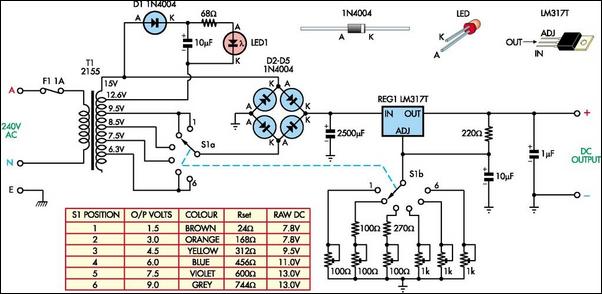
The battery-operated toy has malfunctioned, necessitating repair. Upon disassembly, the battery compartment may be disconnected from the circuitry, or the batteries might be depleted. A solution is to implement a switchable power supply designed to replace one to six dry cells temporarily. This setup utilizes an LM317T adjustable 3-terminal voltage regulator and six trimpots, which are selected using switch S1b. The other pole of the switch, S1a, is employed to choose taps from the transformer secondary, thereby minimizing power dissipation in the LM317T. A table outlines the trimpot configurations for six different voltage outputs. Additionally, diode D1, a 10 µF capacitor, and an LED serve as a power indicator, maintaining constant brightness, which would not be achievable if the LED were powered by the unregulated switchable DC.
The proposed circuit design features a switchable power supply that can effectively replace battery cells in a variety of applications, especially in toys and portable devices. The core component of this design is the LM317T adjustable voltage regulator, known for its reliability and versatility in providing stable output voltages. The LM317T can output a voltage range that can be adjusted based on the needs of the circuit, making it suitable for powering devices that require different voltage levels.
The circuit includes six trimpots, which are variable resistors that allow for fine-tuning of the output voltage. These trimpots are connected to switch S1b, enabling the user to select the desired voltage output by adjusting the respective trimpot. This feature provides flexibility, allowing the user to cater to various devices that may require different operating voltages.
To optimize the performance of the LM317T and reduce heat generation, switch S1a is employed to select different taps from the transformer secondary. This selection is crucial as it helps to minimize the voltage drop across the regulator, thereby reducing power dissipation and improving overall efficiency.
The circuit also incorporates a diode (D1) for protection against reverse polarity, ensuring that the circuit components are safeguarded from potential damage. The inclusion of a 10 µF capacitor serves to stabilize the voltage output, filtering any high-frequency noise that might interfere with the operation of sensitive electronic components.
The LED indicator, powered through the circuit, provides a visual cue of the power status. Its design ensures constant brightness, which is a significant advantage over using an unregulated DC supply, where variations in voltage could lead to inconsistent LED illumination. This feature enhances the usability of the device, providing users with reliable feedback regarding the operational status of the power supply.
In summary, this switchable power supply circuit is a practical solution for temporarily replacing battery cells in electronic devices, particularly toys. Its design prioritizes efficiency, flexibility, and user feedback, making it an effective tool for both troubleshooting and powering various electronic applications.Your child`s battery toy has failed and you have to fix it. Once you have managed to get it apart, the battery compartment is not likely to be connected to the works or the batteries might have gone flat anyway. The solution is this switchable supply which is designed to replace from one to six dry cells. It is not intended to replace the batterie s on a permanent basis, as in most cases this is not practical. The heart of the supply is an LM317T adjustable 3-terminal regulator and six trimpots selected by switch S1b. The other pole of the switch, S1a, is used to select taps on the transformer secondary, to minimize power dissipation in the LM317T.
The table shows the trimpot settings for the six voltage outputs. Diode D1 and the 10 µF capacitor and the LED provide power indication. This has the advantage of constant brightness which would not be obtained if the LED was run from the unregulated switchable DC. 🔗 External reference
The proposed circuit design features a switchable power supply that can effectively replace battery cells in a variety of applications, especially in toys and portable devices. The core component of this design is the LM317T adjustable voltage regulator, known for its reliability and versatility in providing stable output voltages. The LM317T can output a voltage range that can be adjusted based on the needs of the circuit, making it suitable for powering devices that require different voltage levels.
The circuit includes six trimpots, which are variable resistors that allow for fine-tuning of the output voltage. These trimpots are connected to switch S1b, enabling the user to select the desired voltage output by adjusting the respective trimpot. This feature provides flexibility, allowing the user to cater to various devices that may require different operating voltages.
To optimize the performance of the LM317T and reduce heat generation, switch S1a is employed to select different taps from the transformer secondary. This selection is crucial as it helps to minimize the voltage drop across the regulator, thereby reducing power dissipation and improving overall efficiency.
The circuit also incorporates a diode (D1) for protection against reverse polarity, ensuring that the circuit components are safeguarded from potential damage. The inclusion of a 10 µF capacitor serves to stabilize the voltage output, filtering any high-frequency noise that might interfere with the operation of sensitive electronic components.
The LED indicator, powered through the circuit, provides a visual cue of the power status. Its design ensures constant brightness, which is a significant advantage over using an unregulated DC supply, where variations in voltage could lead to inconsistent LED illumination. This feature enhances the usability of the device, providing users with reliable feedback regarding the operational status of the power supply.
In summary, this switchable power supply circuit is a practical solution for temporarily replacing battery cells in electronic devices, particularly toys. Its design prioritizes efficiency, flexibility, and user feedback, making it an effective tool for both troubleshooting and powering various electronic applications.Your child`s battery toy has failed and you have to fix it. Once you have managed to get it apart, the battery compartment is not likely to be connected to the works or the batteries might have gone flat anyway. The solution is this switchable supply which is designed to replace from one to six dry cells. It is not intended to replace the batterie s on a permanent basis, as in most cases this is not practical. The heart of the supply is an LM317T adjustable 3-terminal regulator and six trimpots selected by switch S1b. The other pole of the switch, S1a, is used to select taps on the transformer secondary, to minimize power dissipation in the LM317T.
The table shows the trimpot settings for the six voltage outputs. Diode D1 and the 10 µF capacitor and the LED provide power indication. This has the advantage of constant brightness which would not be obtained if the LED was run from the unregulated switchable DC. 🔗 External reference
Warning: include(partials/cookie-banner.php): Failed to open stream: Permission denied in /var/www/html/nextgr/view-circuit.php on line 713
Warning: include(): Failed opening 'partials/cookie-banner.php' for inclusion (include_path='.:/usr/share/php') in /var/www/html/nextgr/view-circuit.php on line 713
